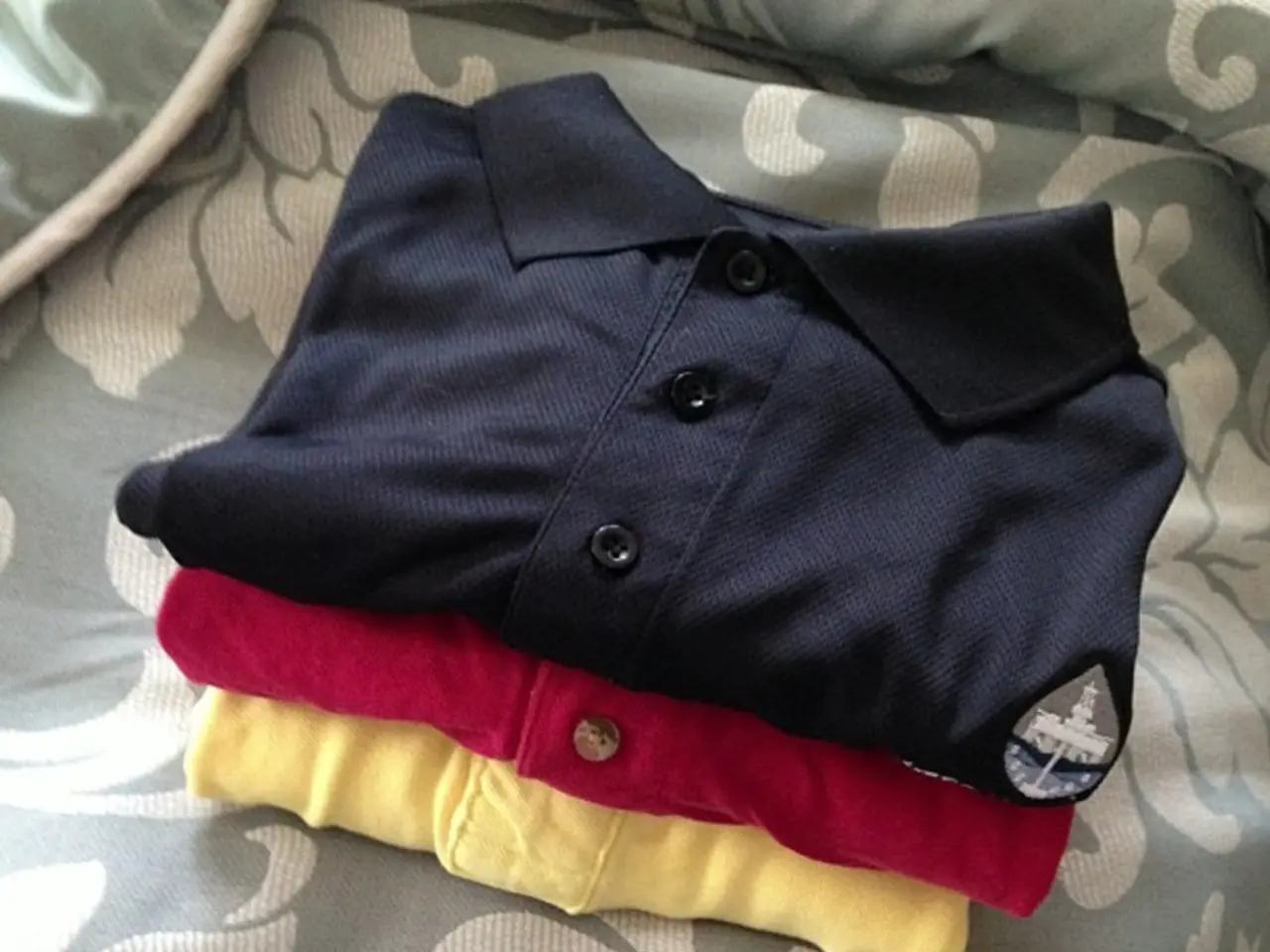Comparison between memory foam and latex mattresses, head-to-head evaluation
In the quest for the perfect night's sleep, the choice between memory foam and latex mattresses can be a daunting one. Both materials offer unique benefits and drawbacks, catering to different sleep preferences and needs.
Memory foam mattresses, known for their deep, slow-conforming feel, provide a body-hugging sensation that adapts gradually to the shape of the sleeper. This results in a quieter and more cushioned sleep experience. However, memory foam tends to sag over time, reducing its support and lifespan. It may also retain heat, making it less suitable for those who tend to sleep hot. Memory foam is particularly beneficial for those who prefer a deep sinking feeling, need pressure relief, and minimal motion transfer, especially side sleepers with a plush mattress.
On the other hand, latex mattresses offer a bouncier and springier feel, with a rubber-like consistency that is more responsive and less contouring than memory foam. Latex mattresses provide a gentle cradle rather than a deep hug. They are highly durable and resilient, retaining their shape and support longer without sagging. This makes them an excellent choice for heavier sleepers who might bottom out in softer mattresses. Latex mattresses sleep cooler due to their natural breathability, making them a better option for those who tend to overheat during the night. However, they may transmit partner movement more than memory foam, which could be a downside for light sleepers.
Latex mattresses are also popular among eco-conscious buyers due to their natural or synthetic materials. Natural latex, in particular, is resistant to dust mites, adding an extra layer of hygiene. It's worth noting that latex mattresses are typically more expensive due to their production costs but score highly across all performance metrics, including support, durability, and cooling.
Memory foam mattresses, while synthetic, adjust their shape in response to heat and pressure, making them supportive and contouring for the body. They are particularly beneficial for back and side sleepers and inhibit motion transfer, making them a good choice for combination sleepers if they are lighter and more responsive.
In conclusion, memory foam offers a more enveloping, slow-conforming feel with good pressure relief but less durability and potential heat retention. Latex, on the other hand, provides a bouncier, cooler, and longer-lasting mattress with responsive support, especially suitable for heavier people and those desiring an eco-friendly option, though it may transmit partner motion more than memory foam. As with any purchase, it's essential to consider personal preferences, budget, and specific needs when deciding between memory foam and latex mattresses.
- For individuals who appreciate a more natural sleeping environment and seek an eco-friendly option, latex mattresses, with their natural or synthetic materials, might be an ideal choice due to their resistance to dust mites and durability.
- In the world of fashion-and-beauty and home-and-garden, the category of technology also extends to the realm of sleep, as memory foam and latex mattresses, with their unique properties, contribute significantly to the lifestyle of those seeking the perfect night's sleep.
- General news outlets often feature articles comparing the performance of memory foam and latex mattresses, discussing their differences in feel, support, and lifespan, acknowledging that both materials cater to diverse sleep preferences and needs, making an informed decision essential for the discerning shopper.




